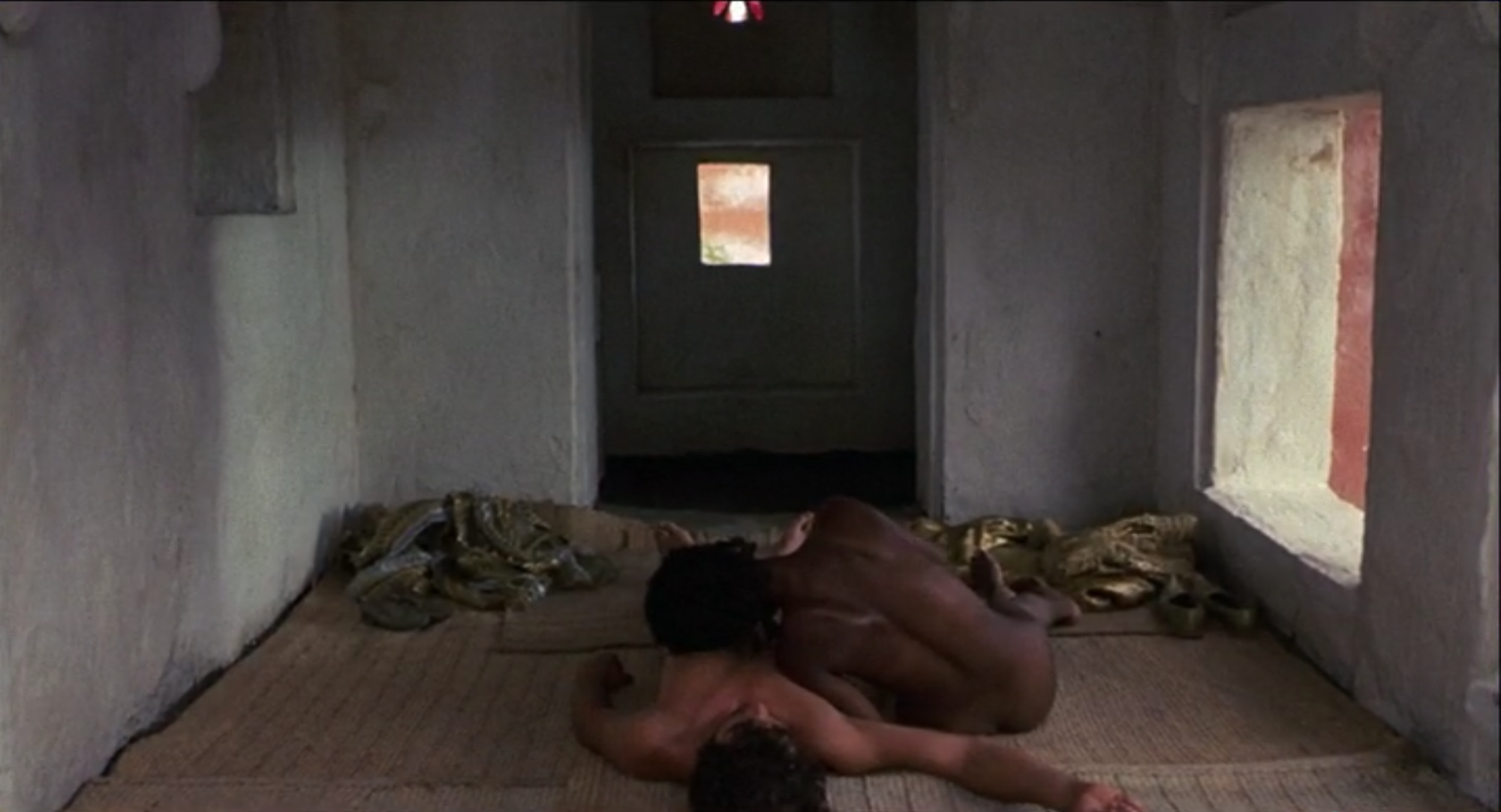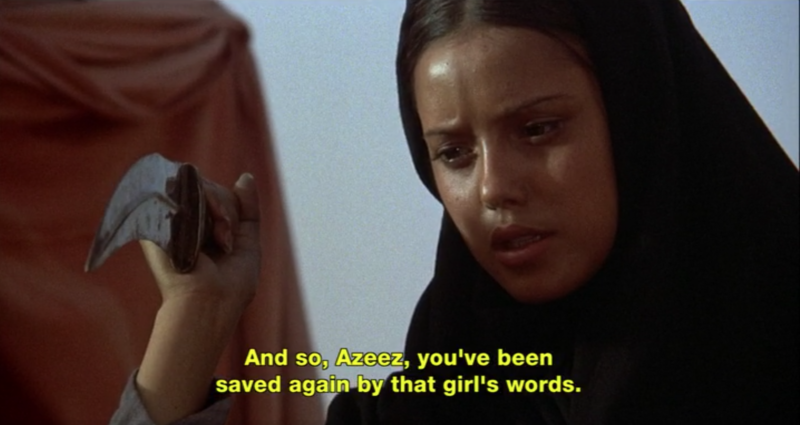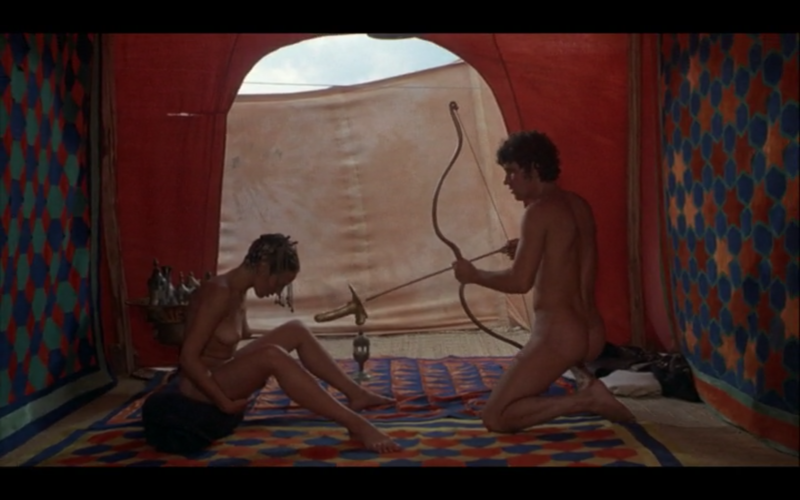
Lyle Ashton Harris’ photographs and videos take the seldom-explored back routes through the archive to question the deliberate stories we are told which produce canted versions of ourselves. Similarly, the third installment of Pier Paolo Pasolini’s Trilogy of Life, Arabian Nights, is a sumptuous re-telling of colonialism and power laden folktales, digested through a faithful interpretation of the present to get to the past.

What is your favorite movie? My favorite film is Pier Paolo Pasolini’s Arabian Nights.
How do you apply the idea of "favorite" here? In this context, ‘favorite’ means: erotic, charged, political, timeless, ancient.
How would you describe this movie to a close friend? It fundamentally shifted my understanding of what was possible in terms of exploring the mythical, the erotic, and the “other” without relying on the American post-slavery taboo paradigm of repressed interracial desire.
Where were you when you first watched it and how did you feel? Most likely in Los Angeles during the late 80s with my partner at the time, Tommy Gear. I felt free and empowered.

If you were putting together a double feature, what movie would you play alongside this one and why? Although I haven’t seen what I’m about to mention since my graduate days, Sex Bazaar, by pornographer Jean-Daniel Cadinot. This work “inspired” if you will, one of my early works, Last Night I had a Dream, 1990. I would show both films side by side to highlight the limitations of colonial desire in pornography, and highlight the difference between the ‘erotic’ and the ‘pornographic’.
How, if at all, has the movie inspired you in art-making? Pasolini’s Arabian Nights helped expand my notions that art can be politically charged while also highly erotic; it speaks to how those very elements inform one another.



